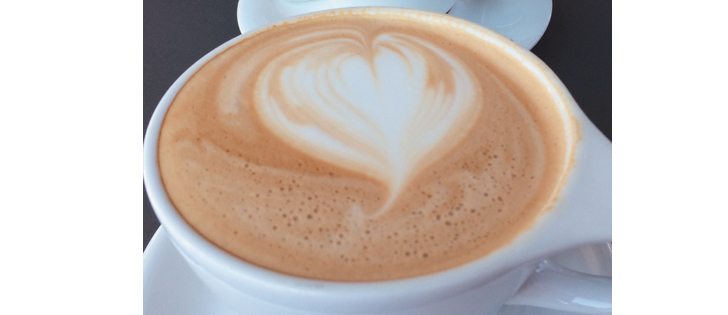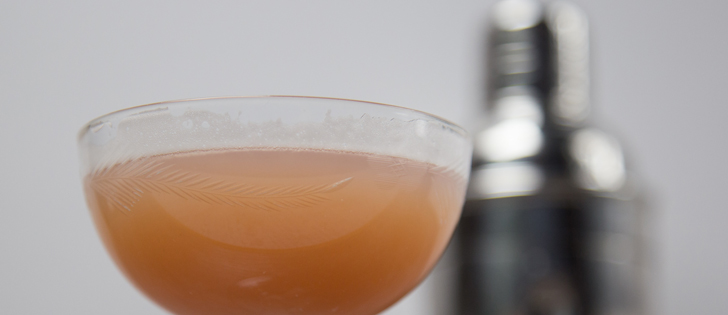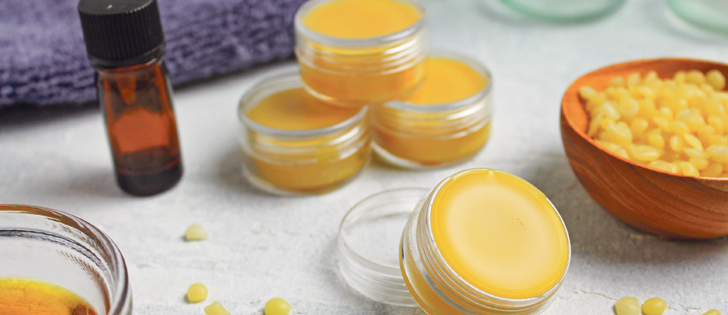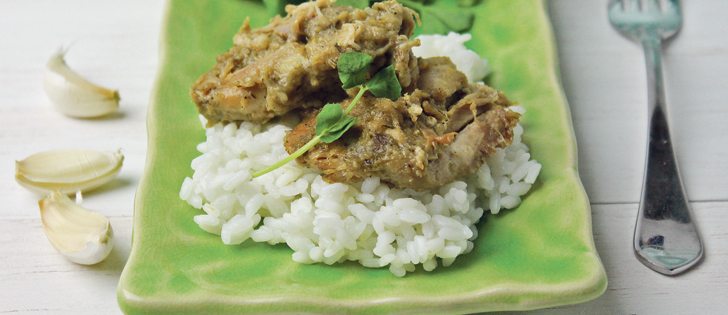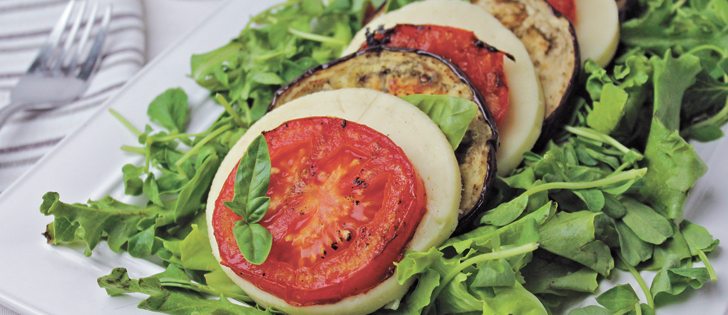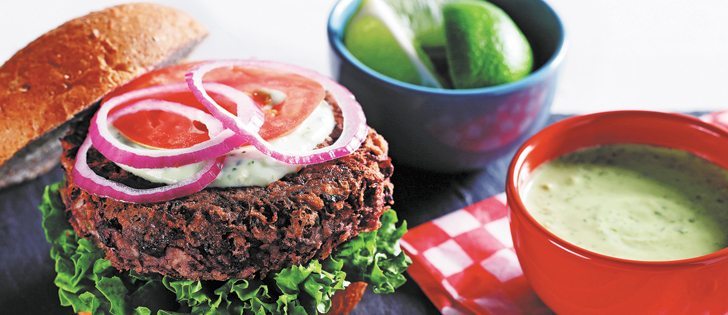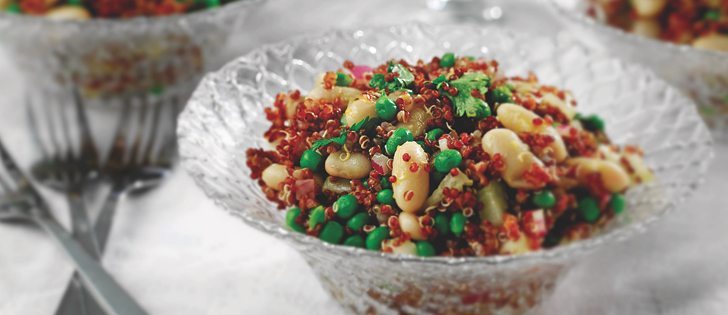“Behind every successful person is a substantial amount of coffee,” reads a plaque in my office.
Coffee has seen me through late nights spent studying and writing papers at university and the blurry, lack of sleep days of early motherhood. Now it is the kick start I need each morning.
New research indicates that coffee, which is high in antioxidants, may have several health benefits. The WebMD website indicates that there are more than 19,000 research studies showing coffee’s benefits ranging from reduced rates of Alzheimer’s and dementia to protection against Parkinson’s disease to decreased risk of heart disease and stroke.
Read Also
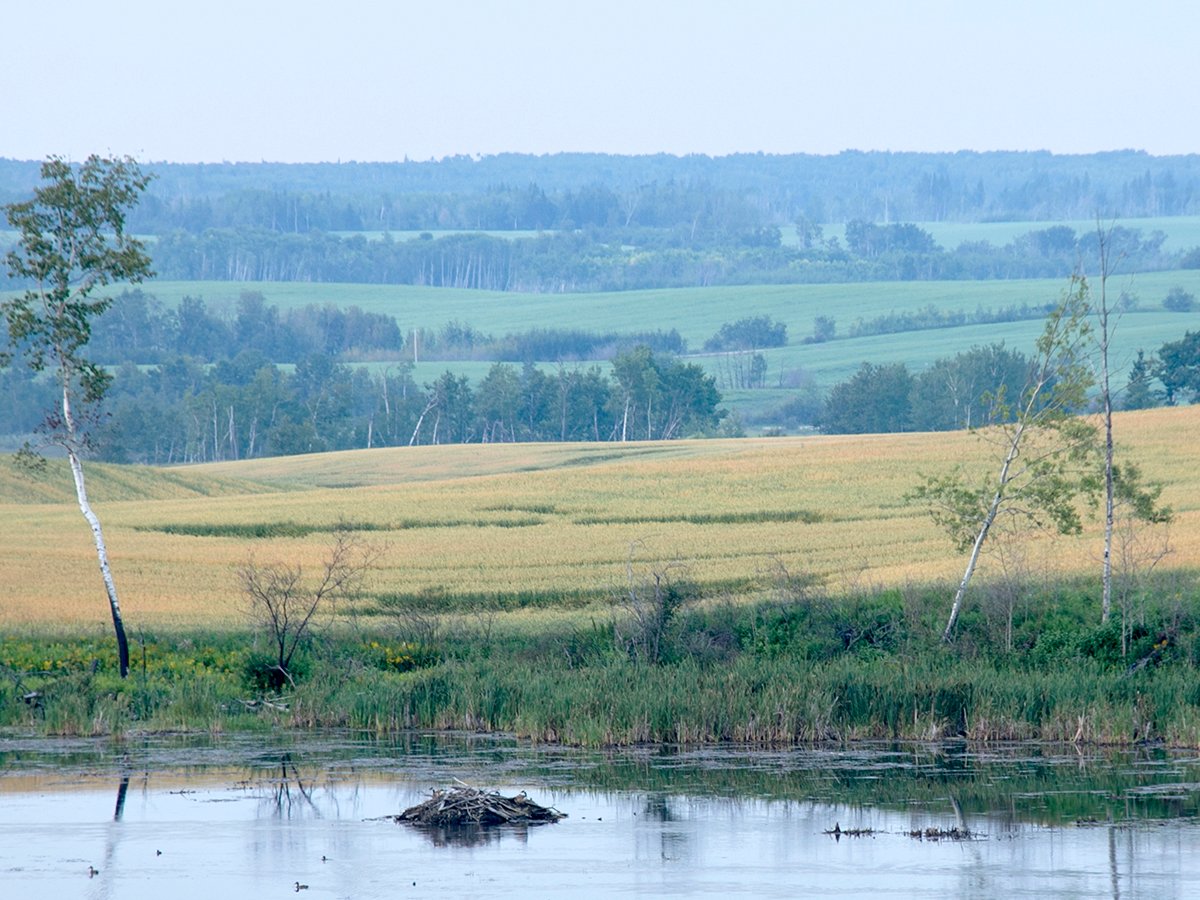
Intergenerational rollover rules can help succession plans
One of the most significant concerns in succession planning for farmers is the tax bill that can come with passing the farm to the next generation.
Studies also indicate that coffee drinkers, when compared to non-coffee drinkers, have fewer cases of certain cancers especially liver, kidney and bladder cancer.
As with everything, moderation and listening to your body are key.
For Canadians, drinking coffee is part of our national identity. Canadians average 3.2 cups per day.
Coffee beans grow on shrubs in subtropical, high elevation areas and are seeds, not beans, found in the fruit or cherries of the coffee plant. Each cherry produces two green seeds, with 4,000 seeds needed to produce one pound (500 g) of coffee.
The world’s coffee supply comes from two main species, Arabica and Robusta. Arabica is the original coffee plant from Ethiopia and accounts for about 75 to 80 percent of the world’s coffee production.
It contains less caffeine but has a more desirable flavour then Robusta, which has twice as much caffeine as Arabica. The beans have a bitter flavour.
Robusta, generally considered to be a lower quality, accounts for about 20 percent of the world’s market. Robusta beans are often used in cheaper blends and in espresso blends for added bite.
Green coffee beans are roasted to remove moisture and develop colour, flavour and body.
Roasting is part science and part art. It is usually done at about 400 to 500 F (200 to 260 C) for three to 20 minutes.
For maximum freshness, use coffee within seven to 10 days after opening the package. Keep coffee in an airtight container away from moisture, heat and strong odors.
Freezing coffee is controversial but most agree that you can freeze coffee beans or ground coffee for up to three months to preserve freshness. Allow to come to room temperature before brewing. Do not refreeze.
The perfect brew
- Two tbsp. (30 mL) of whole beans or 1 to 1.5 tbsp. (15 to 20 mL) ground coffee per 3/4 cup (175 mL) is the accepted recipe for a full body cup of coffee.
- Choose a grind that matches your brewing method. It should be noted that the type of filter that you use affects brewing time. Timing the length of your brew will help you figure out the right grind.
- Coffee is 98 percent water so the quality of water determines quality of coffee. Hard water may yield a metallic tasting coffee while soft water may make coffee taste flat. You can try to use lighter roasts in softer water and darker roasts in hard water to balance flavours. Use a charcoal filter to help get rid of chlorine flavours.
- Water should be heated to 200 F (93 C) for best results. This makes a huge difference in extracting flavour. Hotter than this develops bitter flavours. Temperature is one of the biggest factors to consider when trying to replicate the taste of your favourite restaurant coffee.
Specialty coffee recipes
Most specialty coffee recipes start with espresso. Making espresso requires an espresso machine. If you don’t have one, use instant espresso or espresso powder. Espresso powder is also great for adding a rich coffee flavour to baking. Below are some basic specialty coffee recipes. You can also add coffee syrups, usually about 1 tbsp. (15 mL) to any of these recipes.
- Espresso: Forcing hot water, under pressure, through dark roasted, finely ground coffee creates espresso. If made properly a thin layer of caramel coloured froth called crema will form on top. It takes about 1/4 ounce (7 g) of ground espresso to make a one oz. (30 mL) shot of espresso. Add sugar to taste, if desired.
- Cappuccino: one oz. (30 mL) espresso, one cup (250 mL) milk and sugar to taste.
Steam and froth milk. Add steamed milk to espresso. Spoon foam on top. Add sugar or sweetener, if desired. - Cafe-au-Lait: half hot strong coffee and half hot milk.
- Caffe Latte: similar to a cappuccino with less foam.
- Espresso Macchiato: one oz. (30 mL) espresso with a spoon full of foamed milk on top.
- Latte Macchiato: 1/2 c. (125 mL) hot, frothed milk with one oz. (30 mL) of espresso added through the foam.
- Caffe Americano: one oz. (30 mL) espresso, 2/3 c. (150 mL) boiling water and sugar to taste.
- Cafe Mocha: same as a caffe latte with the addition of one tbsp. (25mL) chocolate syrup.
Easy blender iced cafe-au-lait
A small amount of xanthan gum is the secret ingredient to a thicker consistency. You can also use a combination of milk and cream or try it with chocolate milk or a shot of your favourite coffee syrup.
- 1 1/4 c. strong coffee, cooled 310 mL
- 3/4 c. milk or cream 175 mL
- 1/4 c. granulated sugar 60 mL
- 4 -6 c. ice 1 – 1.5 L
- 1/4 tsp. xanthan gum 1 mL
In a blender, add cooled coffee, milk and sugar. With the blender on, feed ice through the lid opening until desired consistency is reached. Add xanthan gum and blend for a few more seconds.
Serve and consume immediately.
Great Grannie Mann’s tea cake
This is a family recipe that has been served through the generations at coffee time.
- 1/2 c. butter 125 mL
- 1 c. brown sugar 250 mL
- 2 c. all-purpose flour 500 mL
- 2 eggs, beaten
- 1 tsp. allspice and cinnamon 5 mL
- pinch nutmeg
- 1 c. raisins 250 mL
- 1 tsp. baking soda 5 mL
- 1 c. buttermilk or sour milk 250 mL
Preheat oven to 350 F (180 C). In a bowl, combine butter, sugar and flour. Mix until well blended. Remove 2/3 c. (150 mL) from the bowl and set aside.
Add egg, all spice, cinnamon, nutmeg, and raisins to the bowl. Dissolve baking soda in buttermilk and add to the bowl. Mix until combined.
Pour batter into a greased eight by eight inch (20 x 20 cm) cake pan. Top with reserved flour mixture. Bake for 25 to 30 minutes or until a toothpick inserted in the center of the cake comes out clean. It is best served warm out of the oven.
Mocha chocolate bars
- 3/4 lb. chocolate, chopped fine (white, milk or dark) 350 g
- 1/2 7 oz. can sweetened condensed milk 200 g
- 1/4 c. canola oil 60 mL
- 2 1/2 c. chopped nuts (pecans, walnuts, almonds) 625 mL
- 1 c. mini marshmallows 250 mL
Prepare a nine by nine inch (22 x 22 cm) pan with foil and parchment paper, sprayed with canola oil. Set aside.
In a large glass bowl, place chocolate, sweetened condensed milk and canola oil. Microwave for 15 seconds, take out and stir, place back into the microwave for another 15 seconds, stirring again. Keep doing this until most of the chocolate is all melted.
Add nuts and marshmallows, stirring to coat completely. Place into prepared pan and refrigerate for 30 minutes or until set.
Cut into 18 bars. – Source: canolaInfo.org.
Mocha spice chocolate cookies
- 1 1/2 c. all-purpose flour 375 mL
- 1/2 tsp. baking soda 2 mL
- 1/4 tsp. sea salt 1 mL
- 1 tsp. instant espresso powder 5 mL
- 1/2 c. canola oil 125 mL
- 3/4 c. packed brown sugar 175 mL
- 1 large egg
- 1 tsp. pure vanilla extract 5 mL
- 1/2 c. semi-sweet chocolate chips 375 mL
Preheat oven to 350 F (180 C). Line two baking sheets with parchment paper. Set aside. In medium bowl, whisk together flour, soda and salt. Set aside.
In large bowl, dissolve espresso powder into canola oil. Whisking vigorously, add brown sugar, egg and vanilla. Fold flour mixture mixing well.
Fold in chocolate chips. Using an ice cream scoop, scoop dough onto prepared baking sheets. Bake until firm to touch, about nine to 12 minutes. Cool on pan for 20 minutes; remove to rack to cool completely. Yield: 24 cookies. – Source: canolaInfo.org.
Common roasting terms
- Cinnamon/New England: light cinnamon colour with a nutty flavour and the highest acidity. Acidity is a desirable flavour that is sharp but not biting. This roast has less body and no caramel notes.
- City/Full City: One or two shades darker than cinnamon/New England roast. The extra roast develops sugars and caramel notes.
- Vienna: Another shade darker than city. Named for the coffeehouses in Vienna, Austria. Caramel notes predominate with a small amount of oil on the bean’s surface.
- Espresso: Dark brown roast specifically for espresso making.
- Italian: Dark roast with pronounced oil spots and bitter almost burned flavour.
- French: Dark roast that is beyond caramel with spicy charcoal notes. Beans are shiny.
- Grinding: A coffee grinder’s task is to granulize the coffee beans into even, same sized particles. Each brewing method has a complementary grind size, which is based on the amount of time the water will contact the grounds. In general, the longer the brewing time, the larger the particle size. Smaller than ideal particle size adds bitterness while larger then ideal particles can cause weak flavour. If you grind your own, burr grinders that use discs rather then blades are best for delivering consistent, same size particle grinds.
Various grinds include:
- Pulverized: is as fine as flour and used to make Turkish coffee.
- Espresso: is also fine and powdery and used for espresso.
- Fine or Vacuum: is not quite powder and is used in vacuum coffee brewers.
- Manual Drip: is a medium fine grind suitable for four to six minute brewing times.
- Automatic Drip: is a medium grind designed for six to eight minute brewing times.
- Coarse grind: is for any brewing method that takes longer then eight minutes. Coarse grind is also suitable for French press, percolator or cowboy-campfire coffee.
Dorothy Long is a home economist in the agrifood trade and former greenhouse grower from Lloydminster, Sask. She writes a blog at prairiekitchencompanion.blogspot.ca. Contact: food@producer.com.

